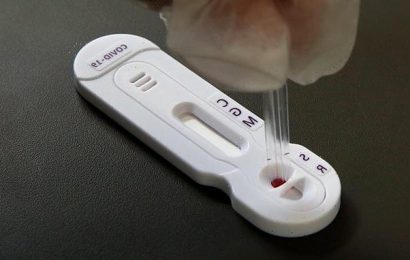IF you believe the myths and legends, the arrival of tonight's supermoon will cause an outbreak of insanity.
In fact, the word lunacy is actually derived from the Latin lunaticus, which means "of the moon" or "moonstruck".
If a full moon has a profound effect, then surely a supermoon is even MORE extreme?
You’d probably be surprised to learn that the notion of a supermoon didn’t exist just 36 years ago.
It was 1979 when an astrologer cooked up the idea of a ‘super’ full moon and attempted to tie it to events such as madness, violence and disasters.
"It is an event nobody would have even noticed until a few decades ago when astrologers coined the phrase,” Professor Fred Watson of the Australian Astronomical Observatory told news.com.au.
“But there’s a lot of mystique associated with the moon.”
The phases, and colour, of the moon has spellbound us throughout the centuries. Once, the silvery orb was worshipped as a goddess.
Then, as now, it was probably used by ancient shamans to scare children — and sell magic trinkets to their concerned parents.
"People always notice the moon when its rising full,” Professor Watson added.
"It’s a very inspiring sight. And we have a deep relationship with it. If the moon hadn’t been there, stabilising the Earth for billions of years, we may not have evolved the way we have done."
But the ancient Egyptians, Mayans, Chinese and Greeks never noticed any variations in the size of the moon and they spent a lot more time than we do staring at the moon, planet and stars in an effort to divine the minds of their gods.
Tonight, Brits are bound to watch the sky with a sense of apprehension. They’ve read about how full moons are linked to crime, moods and disasters.
But, if they’d paid attention to a moon rise just a year ago, it would have looked just as big.
“You can apply any figure between 10 and 20 per cent brighter than average,” Dr Watson says.
“But people simply don’t notice that. They can’t perceive that with the naked eye — because they can’t remember how bright the moon was the last time they saw it.”
Then there’s the optical illusion making the moon look enormous as it lifts over the horizon.
It’s all in the mind.
“It’s purely psychological,” Dr Watson says. “Our brains expect things to look smaller on the distant horizon, but the moon stays the same.”
Our brain simply can’t handle that. So it tells us it is two-to-three times larger than what our eyes are actually seeing.
“This is by far the most overwhelming aspect of tonight’s full moon, far above anything about it being a supermoon,” he says.
More than a century of statistical analysis has failed to find any certifiable connection between the Moon, full Moon, supermoon, Blood Moon — or any other phase of the moon — with human behaviour.
One of the biggest studies examining ‘lunacy’ found just a 1 per cent increase in activities such as hospital admissions due to mental illness, proving there is no link between the full moon and births, deaths, violence, psychiatric incidents, epilepsy or heart attacks.
In 2011, a study in Canada examined 770 hospital patients suffering from psychological issues over a three year period.
Researchers found participants were no more likely to suffer panic attacks or other symptoms during a full moon.
Professor Genevieve Belleville, a psychologist for Canada's Universite Laval, said: "But one thing is certain – we observed no full moon or new moon effect on psychological problems.
"The analyses revealed no link between the incidence of psychological problems and the four lunar phases."
Related Stories
SUDDEN IMPACT 
How to see Elon Musk's rocket ahead of its 'chaotic' crash with the Moon

Huge iPhone update lets you FINALLY unlock with a face mask on – but is it safe?

Music fans DELETE Spotify over Joe Rogan row – but everyone is saying same thing

WhatsApp typing hack 'you probably didn't know will make your pals jealous'
The same applies to dozens of studies attempting to link the phases of the moon with volcanoes and earthquakes. There is no measurable spike in the frequency of events when the moon is in any of its phases.
Research did find one area of lunar influence, however: Pet injuries.
It seems our four-legged friends roam longer and further on nights of a full moon. This can result in a 23 per cent surge in vet visits for cats, and 28 per cent for dogs.
So enjoy tonight’s full moon from a place far from blaring city lights. But, if you can’t make it, enjoy the next one, or the one after that.
And keep your dogs and cats locked up.
A version of this story originally appeared on news.com.au.
Source: Read Full Article

















